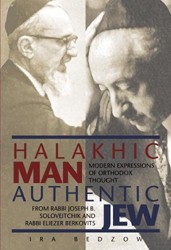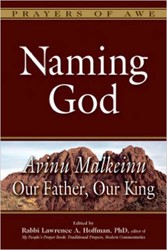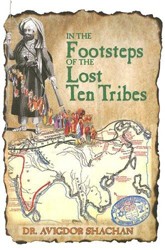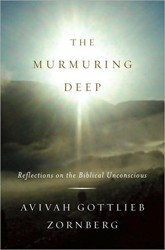When Rabbi Joseph B. Soloveitchik passed away at the age of 90 in April of 1993, the Jewish world mourned the loss of a major Jewish philosopher and Talmudic scholar whose impact, as the revered leader of mainstream Orthodox Jewry, was at the time of his death and still remains, unchallenged. In his seminal work, Halachik Man (1944, Hebrew; 1983, English) the “Rov,” as he was affectionately known by his students, set forth, in a profound and scholarly format, his theological worldview. Among Rabbi Soloveitchik’s major philosophical works one can also name The Lonely Man of Faith, which first appeared in the journal Tradition in 1965 and which was subsequently republished as a separate volume by Doubleday in 1992. To mark the 40th anniversary since its appearance, Three Leaf Press, a subsidiary of Doubleday, has reissued this monumental essay.
Commencing with the Biblical account of Adam and Eve, Rabbi Soloveitchik draws on myriad sources from Western philosophy, relevant Scriptural references and classic rabbinic exegesis, to elucidate the existential loneliness of the man of faith in a utilitarian, self-centered and egotistical world.
The point of departure for Rabbi Soloveitchik’s monograph is the apparent discrepancy between the two accounts of the creation of man found in Genesis. In Genesis I, we read: “So God created man in His own image, in the image of God He created him, male and female created He them (Adam I).” In the subsequent account, one finds the following description of man’s origin: “And the eternal God formed the man of the dust of the earth and breathed into his nostrils the breath of life and man became a living soul. (Adam II).” Adam I, being created in the image of God “wishes to be human, to discover his identity which is bound up with his humanity.” In fact, Adam I wishes to live with dignity, writes the Rov. Dignity, in the context of the command to “have dominion over the work of Thy hands,” implies exercising control over the environment; through man’s majestic posture vis à vis his environment and this he achieves through his creative powers in a community of the faithful.
Adam II, on the other hand, approaches the universe through intellectual curiosity. He cogitates on the mysterium magnum of Being, per se; its metaphysical nature. He does not create a world of his own; Adam II wants to understand the living “given” world into which he has been cast. He looks for God not in logical constructs or scientific formulae, but in the mountains, the blossoms and in every beam of light. Adam II seeks personal redemption through direct knowledge of the Creator, an individual non-communal endeavor. And, thus, he must suffer the existential aloneness that comes with being a man of faith. For the Rov, the sole shelter for Adam II, the “lonely man of faith,” is prayer — “the harbinger of moral reformation.” For Adam II, even as a member of a covenantal community or fellowship of the faithful, his true home, avers Rabbi Soloveitchik, is, inevitably, “the abode of loneliness.” T
The Lonely Man of Faith is a masterpiece of contemporary and timeless thought, weaving strands of anguish and despair into a pattern of joy and fulfillment. Thus the Rov achieves his stated aim of “focus[ing] attention on a human life situation in which the man of faith as an individual concrete being, with his cares and hopes, concerns and needs, joys and sad moments, is entangled.”





